Cleaning household items is a task often taken for granted, yet it plays a crucial role in maintaining a healthy and aesthetically pleasing home environment. Despite best intentions, many people unknowingly follow incorrect cleaning methods, leading to less-than-desirable results and sometimes even damaging their prized possessions. This blog post sheds light on the common mistakes made while cleaning various household items. It offers expert advice and practical tips to ensure everything from mirrors to kitchen sponges is cleaned effectively and safely, ensuring their longevity and your family’s health.
Contents
Mirrors
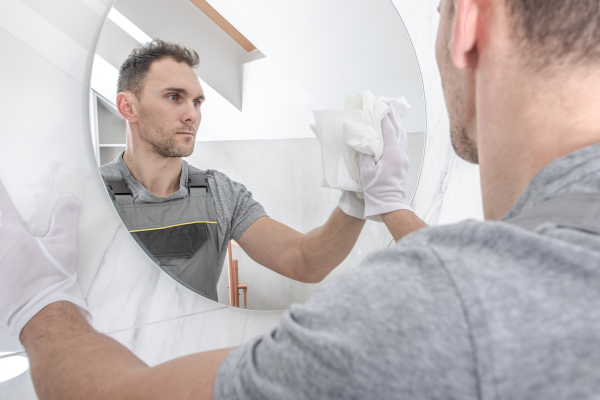
Mirrors, a centerpiece in many rooms, often suffer from streaks and smudges despite regular cleaning. The usual culprits are inappropriate cleaning solutions and tools. Harsh chemicals and rough fabrics can leave behind streaks and scratches, detracting from the mirror’s clarity and shine. Instead of resorting to commercial cleaners laden with chemicals, a simple solution of vinegar and water can work wonders. Using a soft, lint-free cloth to wipe the mirror in a circular motion, followed by a quick buff with a dry cloth, can achieve a streak-free finish.
Another common mistake is cleaning mirrors without addressing the buildup of grime along the edges and corners. Over time, dust and moisture accumulate in these areas, leading to a dull and unkempt appearance. To tackle this, it’s essential to focus on these often-neglected spots. Gently scrubbing the edges with a soft toothbrush dipped in your cleaning solution can effectively remove this buildup. Regular attention to these details ensures the mirror reflects beautifully and remains a sparkling focal point in the room.
Wooden Furniture
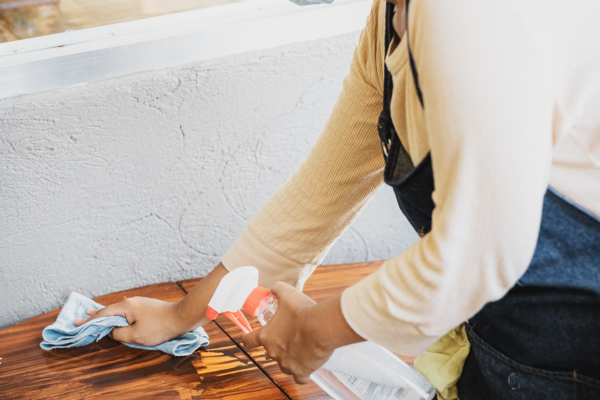
Wooden furniture adds warmth and elegance to any space but requires careful handling to maintain its beauty. The frequent mistake here lies in the overuse of furniture polish. While it might seem beneficial, excessive polish builds up over time, attracting dust and leading to a dull finish. Instead, it’s advisable to use polish sparingly. A light application once every few months is sufficient to keep wooden furniture looking its best. For routine cleaning, a soft, dry cloth is perfect for dusting, while a slightly damp cloth can be used for occasional deeper cleans.
The choice of cleaning products is equally important. Many commercial cleaners contain harsh chemicals that can strip the wood of its natural oils, leading to dryness and cracking. A better alternative is to use mild, natural cleaners specifically designed for wood. For instance, a solution of water and mild dish soap, applied with a soft cloth and followed by a thorough drying, can effectively clean the wood without causing damage. Regular maintenance with the right products preserves the furniture’s natural beauty and ensures it remains a cherished part of the home for years to come.
Kitchen Sponges
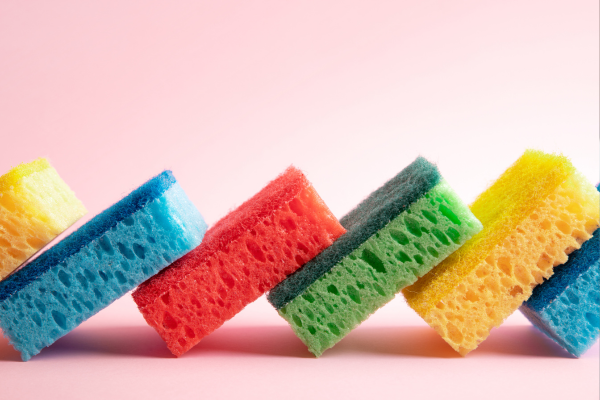
Kitchen sponges are indispensable tools for daily cleaning, yet they are often a breeding ground for bacteria due to improper maintenance. Many believe that a quick rinse under water is enough to clean a sponge, but this method hardly removes the bacteria and food particles trapped within. To properly sanitize a sponge, it should be soaked in a mixture of bleach and water for a few minutes, or microwaved while damp for a minute. This practice, done regularly, significantly reduces the risk of cross-contamination and extends the sponge’s usable life.
In addition to sanitizing, replacing kitchen sponges regularly is crucial. Even with the best cleaning methods, sponges deteriorate and lose their effectiveness over time. A good rule of thumb is to replace them every two weeks, or sooner if they start to smell or break down. Opting for quality, durable sponges can also ensure better cleaning results and reduce waste, as they don’t need frequent replacing.
Carpets And Rugs

Carpets and rugs add comfort and style to a home but are often victims of incorrect cleaning techniques. Over-wetting during cleaning is a common issue that can lead to mold and mildew growth, especially in thicker carpets. Instead, it’s advisable to use minimal water and a suitable carpet cleaner. Spot cleaning spills immediately and using a gentle, circular motion helps prevent the stain from setting in, while regular vacuuming keeps the carpet free from everyday dirt and debris.
Another widespread error is the use of inappropriate cleaning agents, which can damage the carpet fibers or leave behind residues that attract more dirt. It’s important to select cleaners that are specifically designed for carpets and rugs, and to always test them on a small, inconspicuous area first. For those who prefer natural solutions, a mixture of white vinegar and water can be effective for light stains and general maintenance.
Electronic Screens
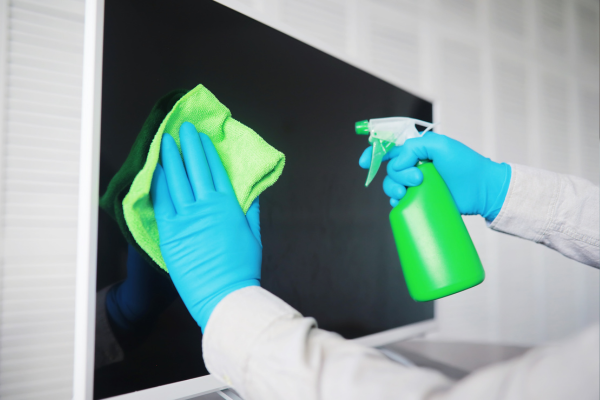
Electronic screens, be it on TVs, computers, or smartphones, require careful cleaning to avoid damage. Using harsh chemicals or abrasive cloths can scratch the delicate surface and impair functionality. The best approach is to use a soft, microfiber cloth slightly dampened with water or a screen-specific cleaner. Gently wiping the screen in a single direction, rather than in circles, helps prevent streaks and removes fingerprints and dust effectively.
Avoiding excessive pressure is also vital. Pressing too hard on screens can cause irreparable damage to the pixels. For more stubborn smudges, a solution of equal parts distilled water and white vinegar can be used sparingly. After cleaning, allowing the screen to air dry or using another dry microfiber cloth ensures a streak-free finish without risking damage from moisture.
Stainless Steel Appliances
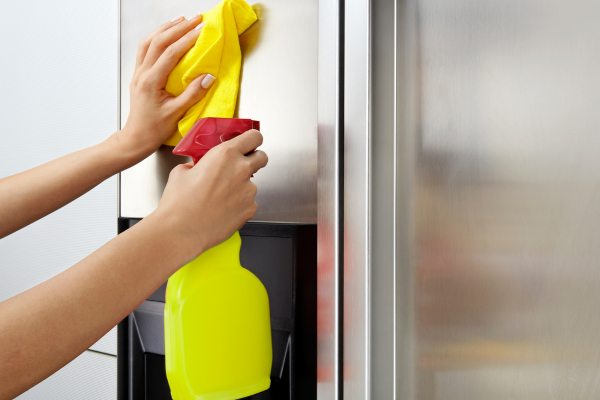
Stainless steel appliances are prized for their sleek look, but maintaining their shine can be challenging. A common mistake is using abrasive materials or scouring powders, which can scratch the surface. For everyday cleaning, a soft cloth and a mild detergent or a commercial stainless steel cleaner should be used. Wiping in the direction of the grain preserves the appliance’s finish and prevents streaks.
Another problem is the buildup of fingerprints and water spots, which detract from the appliance’s appearance. To combat this, after cleaning, a light application of mineral oil or a specific stainless steel polish can be applied. This not only enhances the shine but also provides a protective layer that repels fingerprints and makes future cleaning easier.
Shower Heads
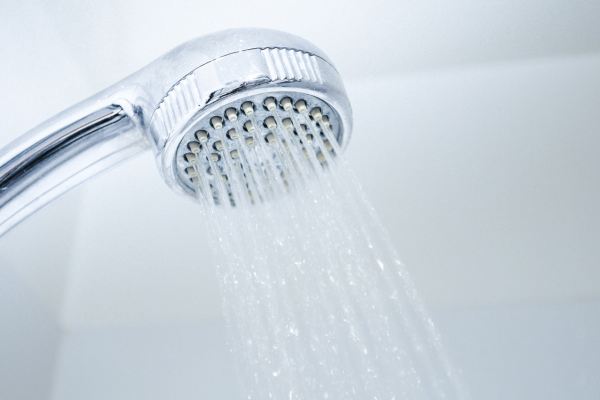
Shower heads often get overlooked during routine cleaning, leading to mineral buildup and reduced water flow. Many try to clean the exterior only, but it’s the internal parts that require the most attention. Soaking the shower head in a solution of equal parts white vinegar and water for several hours, or overnight, effectively dissolves the mineral deposits. If the shower head is not easily detachable, filling a plastic bag with the solution and tying it around the head can work just as well.
For shower heads with more stubborn buildup, using an old toothbrush to gently scrub the nozzles can be beneficial. This not only removes the buildup but also helps maintain optimal water flow. Regular monthly cleaning ensures the shower head functions effectively, providing a better shower experience.
The Bottom Line
Understanding the right way to clean household items is more than just a matter of aesthetics; it’s essential for prolonging the life of these items and ensuring a healthy living environment. The key takeaway is that gentle, appropriate cleaning techniques and products, tailored to each specific item, make a significant difference. Adopting these practices not only preserves the items in their best condition but also contributes to a cleaner, more hygienic home. This guide serves as a starting point to reevaluate and improve cleaning routines, leading to a more efficient and effective way to care for a home.


